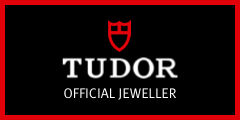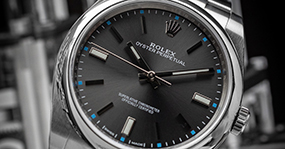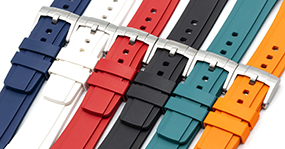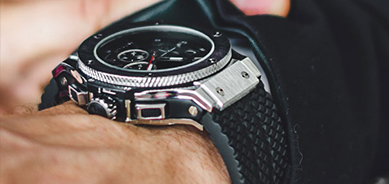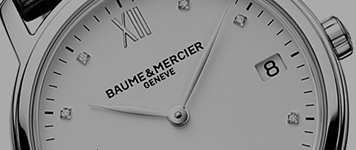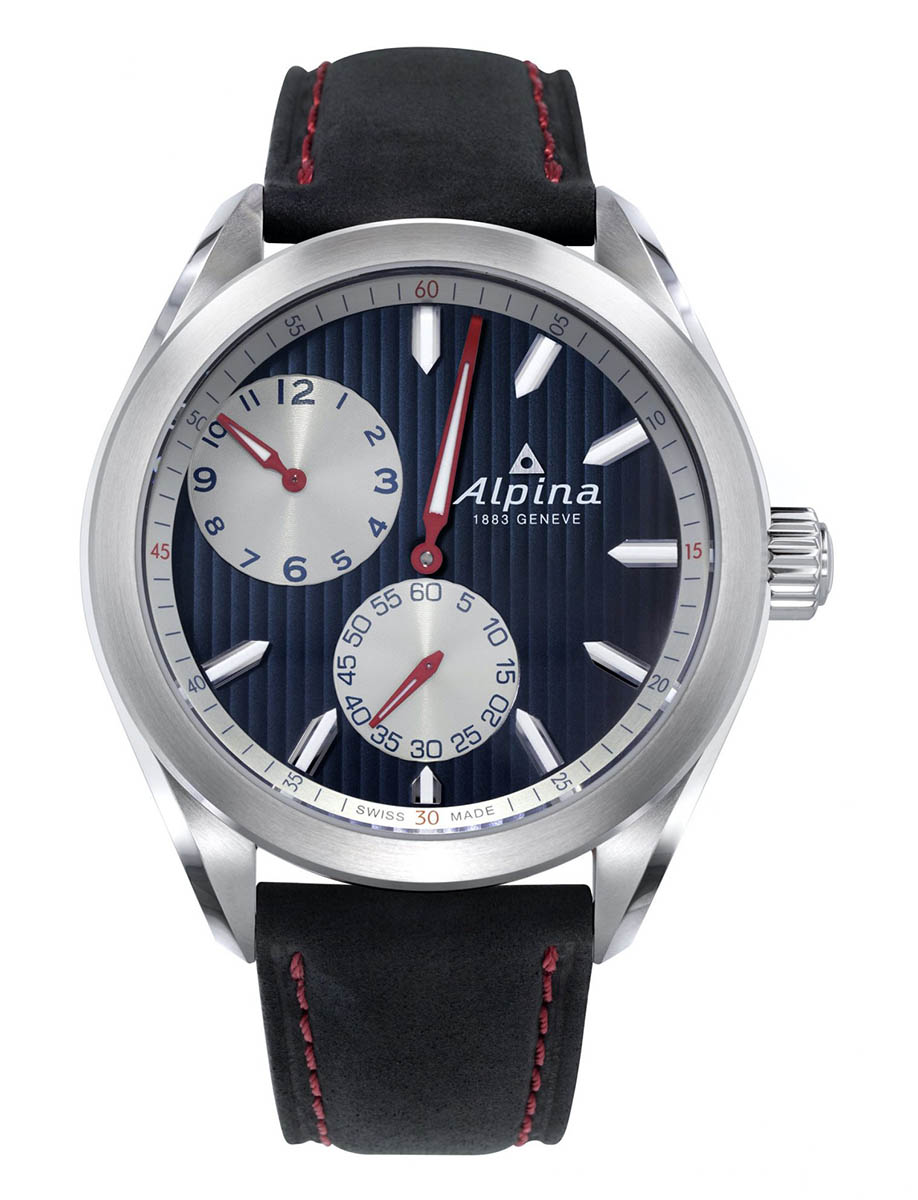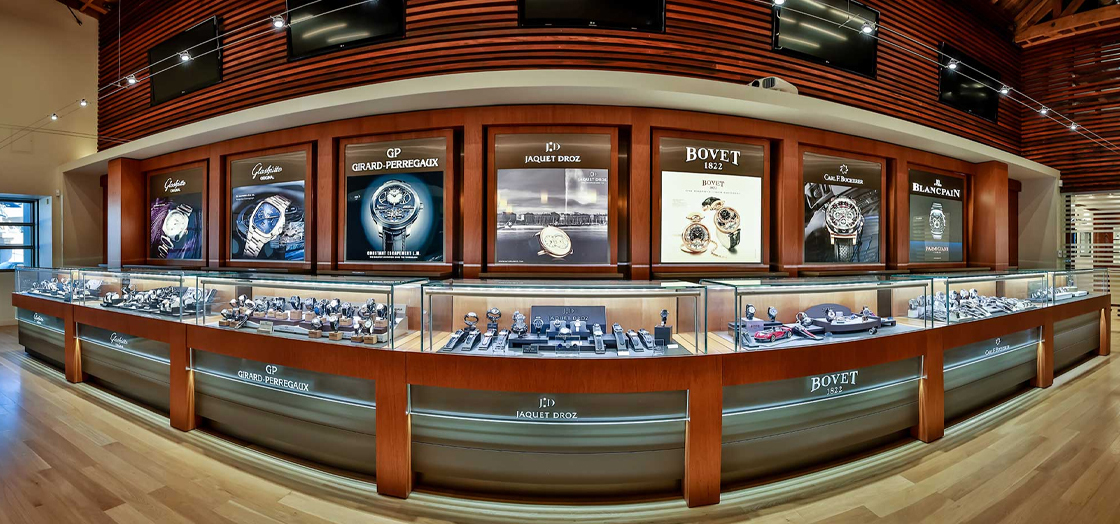
Understanding Your Timepiece: An Overview on Dials
You don’t need to be an expert to appreciate the beauty of a luxury timepiece. Even without looking into the inner parts of the watch, more times than not, you’ll be immediately mesmerized by just a quick glance down at the dial.
Different types of watch dials
Put quite simply, the purpose of a dial is to tell the time. Analog watches tell the time through their hands moving along the dial. Some watch models have smaller auxiliary hands to show the seconds while other models have sub-dials. Dials are typically divided into sections containing indexes and numerals. However, not all dials have hour, minute or second markers.
A dial gives a watch personality, a unique identity of its own. Dials feature different types of material, designs, layouts, and more. Here are 10 of the different types of dials you can choose from:
Regulator dial
A regulator dial contains three hands. Although it seems like a straightforward design, that’s not always the case. The three hands can be placed separately with their own sub dials, a common design choice among dress watches, with the minute hand serving as the focal point of the timepiece.
Bicompax dial
This display has been around since the early 20th century, but it’s currently experiencing a resurgence. This dial has only two subdials, one that registers the small seconds and one that registers the timed minutes.
Sandwich dial
A sandwich dial has a simple design consisting of two layers. The first is the dial containing punched-out indices on top of a luminous layer. This creates an appearance of depth and better readability for the wearer. Although it’s not significantly complex, it provides a unique and sophisticated look.

Diver’s dial
Diver’s watches have a certain level of functionality and durability to withstand heavy water pressure. Their dials contain large fluorescent indices, making them easy to read even in dark environments. They rely on clean, uncluttered designs to ensure the wearer doesn’t make a mistake when reading the time and air supplies are limited.
California dial
A California dial has Roman numerals on top and Arabic numerals on the opposite side. The NOMOS pictured here is actually a Reverse California dial! In some models, like this one, the 3, 6 and 9 o’clock positions are indicated by a dash instead of a number, while the 12 o’clock position features an inverted triangle.
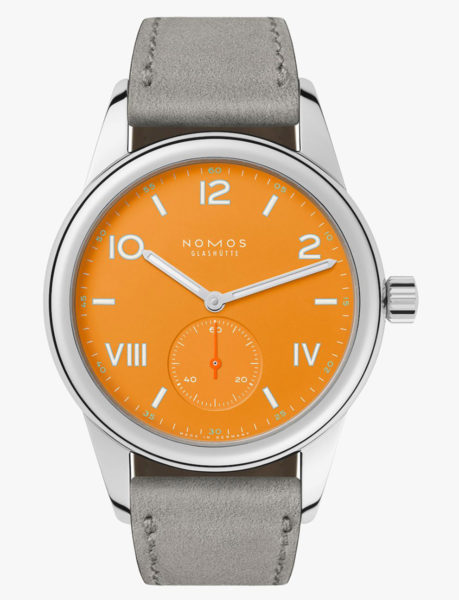
Fume dial
Due to a careful manufacturing process, fume dials have a deep, dynamic shading from a bright, often colorful middle to a darker, more brooding edge.
Skeleton dial
Arguably the simplest type of watch dial, the skeleton is crafted out of transparent materials to show the movement beneath the watch. Mineral glass was previously used, but now many skeleton dials feature sapphire crystal material.
Guilloche dial
Guilloche dials have an engraved repeating pattern that lends depth and texture, making guilloche one of the most interesting types of watch dials. They’re traditionally done by hand, but many modern watches now use a machine for engraving.
Sector dial
Also called a scientific dial, this type of dial is made up of two concentric circles. There are thick lines that show the divide between various sectors.
Crosshair dial
This dial is characterized by a prominent pattern, usually a horizontal and a vertical line that intersect in the middle. The Longines dials above are actually both sector and crosshair style!
Whether you’re looking to add a new watch to your collection or are in need of luxury watch repair, you’re in the right place. Browse our online store or get in touch with our experienced timepiece professionals today.

